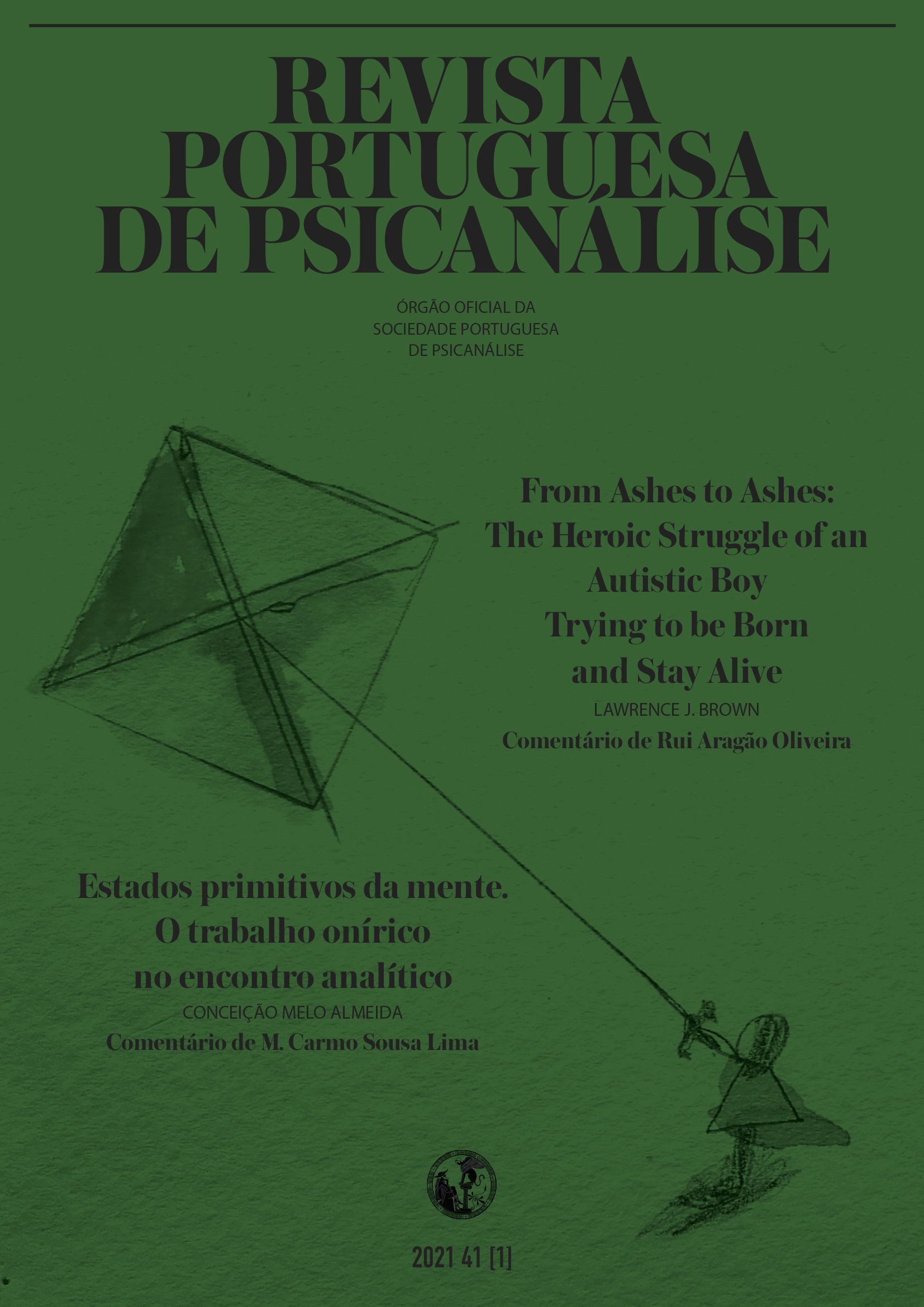Un matricide, figure des liens familiaux violents

Abstract
Matricide, a figure of violent family ties
If family murders are not the most frequent acts in the register of violence in the family, and fortunately, they are nonetheless paradigmatic examples of violence in adolescence, illustrating the violence as well. of the adolescent than that of the adolescent. These murders are not the fulfillment of fantasies, but rather the murder of an Oedipal fantasy. They reflect a narcissistic functioning, that of the adolescent but also that of his family. Starting from the case of a teenager in his twenties when he committed his crimes, I would like to discuss the idea according to which the murderous intra-family act is very often, and first and foremost, the expression of a difficulty in separating — physically, but above all psychologically — from other members of the family during adolescence. This difficulty restricts the possibility of subjectifying oneself. This blood crime is also a sign of an inability to psychically work out pubertal transformations, against a background of inability to come to the aid of oneself. The role of the environment is prevalent in this type of crime, to the extent that the psychic functioning of the family is very often organized under the mode either of undifferentiation, or of incestuality.
Keywords
Parricide, Violence, Incest, Murder fantasy, Subjectivation
Author Biography
François Marty
Psychologue, psychanalyste et professeur des universités. Il a été directeur de l'Institut de Psychologie (Université Paris Descartes) et du Laboratoire de Psychologie Clinique et Psychopathologie (LPCP) de 2007 à 2012. Il a été directeur du Collège International de l'Adolescence (CIA) de 2004 à 2012. Psychanalyste en liberal et directeur de la collection «Champs Libres» aux Éditions In Press (Paris).
References
- Aulagnier, P. (1989). Se construire un passé. Journal de la psy¬chanalyse de l’enfant, 7, 191–220.
- Bergeret, J. (1994). La violence et la vie. Payot.
- Birraux , A. (1990). L’adolescent face à son corps. Éditions Uni¬versitaires.
- Brun, D. (1990). La maternité et le féminin. Denoël.
- Bunker, H. A. (1944). Mother-murder in myth and legend. A psychoanalytic note. Psychoanalytic Quaterly, 13, 198–207.
- Goudal, M. C., Lelandais, F., Marty, F. & Proux, E. (1998). Violences au féminin. Jeunes, femmes et violentes. Psychiatrie française, 4/97, 67–94.
- Gutton, PH. (1989). Inimitable grandiosité du père. Adolescence, 7(2), 53–68.
- Gutton, PH. (1991). Le pubertaire. PUF.
- Guyotat, J. (1989). La filiation narcissique, In J. Guyotat (Ed.), Mort, naissance et filiation. Masson.
- Kaës, R. (2009). Les alliances inconscientes. Dunod.
- Leclaire, S. (1975). On tue un enfant. Editions Seuil.
- Marty, F. (1989). Hercule ou la colère des Dieux. Adolescence, 7(1), 189–195.
- Marty, F. (1994). Errer après son matricide. Adolescence, 23, 175–182.
- Racamier, P.-C. (1980). Les schizophrènes. Paris, Payot.
- Racamier, P.-C. 1989. Antœdipe et ses destins. Apsygée Éditions.
- Rivière, P. (1835). Moi, Pierre Rivière, ayant égorgé ma mère, ma sœur et mon frère… Un cas de parricide au XIXe siècle présenté par M. Foucault. Galli¬mard, 1973.
- Stein, C. (1977). La mort d’œdipe. Gonthier Denoël.